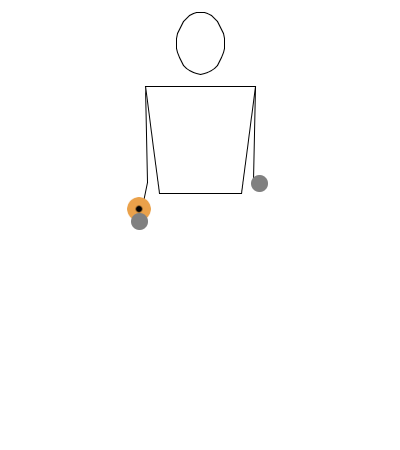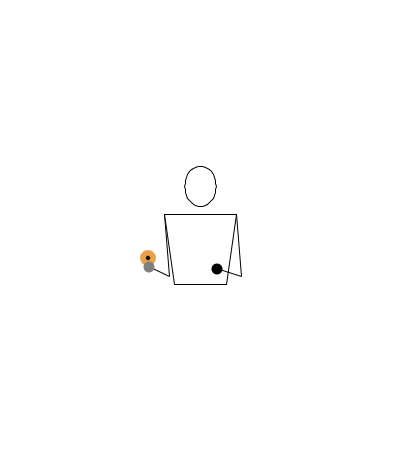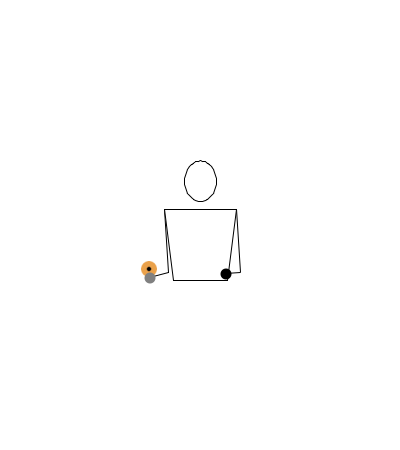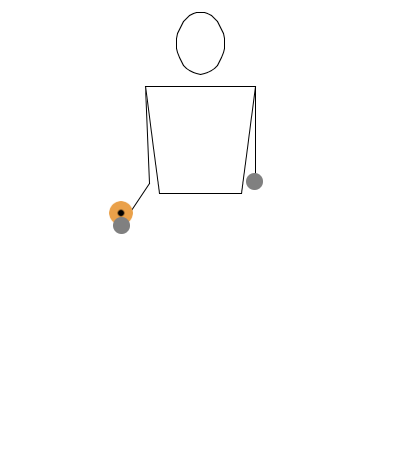Diabolo Siteswap Introduction
If you’re into diabolo, then you know how exhilarating it is to discover, invent, and share new tricks and patterns. But let’s face it, sometimes it can be a bit overwhelming. Well, I have some good news for you. There’s a nifty tool called Siteswap that can make the process a whole lot easier. It’s a way to write down and share complex juggling sequences using a simple mathematical notation system. With Siteswap, you can quickly communicate and document your latest diabolo moves, making it easier to learn and share with others. So go ahead, let your creativity flow, and explore the endless possibilities of diabolo with Siteswap!
Why did I research on diabolo siteswap?
When I first started exploring the possibilities of diabolo siteswap, I found that the existing notation proposals that diabolists where using were limited and didn’t capture the range of movements that I was working on. That’s why I decided to adapt juggling siteswap for diabolo, discovering notation system specifically adapted for diabolo.
The Usual Diabolo Way, which you must know from Diabology, treats the diabolo as a one-handed juggling pattern. However, when I play diabolo, I use both hands, I also go to the dark side of the string, and I even do half turns of my body while playing switch . So how can we describe all of this using a one-handed Siteswap system?
With the Diabolo Siteswap Notation that I’m proposing, I hope to provide a common language that can help diabolists share and collaborate on new tricks and push the boundaries of what’s possible with the diabolo.
Unifying the diabolo siteswap go beyond just the diabolo community, creating a common ground with other juggling disciplines, like balls, clubs and rings. This can help jugglers from different backgrounds and specialties collaborate and learn from each other.
Whether you’re a PRO, a seasoned diabolo performer or just starting out, mastering Diabolo Siteswap can open up a world of possibilities and connect you to a broader juggling community. In the following section, I’ll share more about my journey and the inspiration behind my research.
Teaser video of Diabolo Siteswap
Check out this short demo video to see Diabolo Siteswap in action!
Why saying “3 Diabolos Low” is just the beginning
When we say that we juggle with five balls we suppose that we juggle the normal cascade (5). However, we can juggle five balls like a shower (91) or a half-shower (73), etc. The same goes for the diabolo. When we say that we achieved 3 Diabolos Low nowadays we know what it means but how many ways exist for juggling 3 Diabolos Low? If you go deep into this siteswap it becomes obvious that juggling has no limits.
All the siteswap patterns that I propose for the diabolo are only a few samples of what is actually possible and should not be mistaken for the only way to do it – there exists an infinity of different diabolo-patterns.
You can download Juggling Lab, which I have modified to include diabolos, from the bottom of this site. With this software, you can have fun while learning the concepts discussed on this site.
Important points to keep in mind when juggling diabolos
- The diabolos spend very little time in our “hands”, so the dwell time is quite low.
- When referring to throws made with the string, we assume that half of the string is on the right and the other half is on the left. However, the hand that generates the throw could be the other hand or both.
- When juggling diabolos, we can think of the string as a surface where we can control the time that the diabolo spends (similar to table juggling). To indicate when the diabolo is on the string, we use bouncing notation and put an “F” after the number that we throw (_F).
- While we usually catch and throw the diabolo using the string, we can also catch it with our hands.








